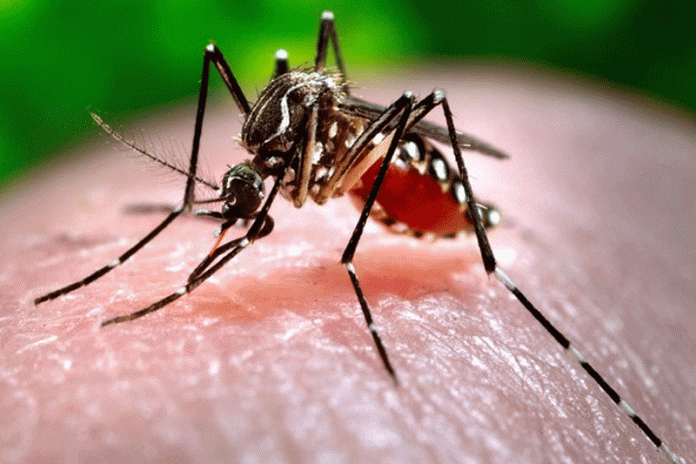Smoking Destroys

- 233
- 0
The successes of tobacco control in some countries and locales have led to discussions of ending the tobacco epidemic, often called the ‘endgame’. Do you know Approximately 5.5 trillion cigarettes are produced globally each year and are smoked by over 1.1 billion people or greater than one-sixth of the world population?
The tobacco endgame is all about understanding that it is time to stop devoting resources to addressing the industrially produced effects of the tobacco epidemic without directly addressing the cause: widespread sales of cigarettes. It is about applying the principles of consumer protection and human rights in a fair and equitable way to halt the sale of a deadly product. While the work to accomplish this will be daunting, it is not impossible, nor is it any longer so ‘unthinkable’ and it is worth doing.
Smoking is a slow killer often wearing people down over time. But smoking has also claimed young lives as well. Cigarette smoke tends to leave toxic deposits in our lungs and other organs, impairing. The production and sale of cigarettes not only has negative impact on human health, it can even cause death. This is the main reason why the production and sale of cigarettes must be prohibited. It’s obviously a big issue today, some people, mostly nonsmokers, are against smoking altogether, while other people think that everybody has to have the right to buy and smoke cigarettes. Nevertheless, if we look at this issue rationally and logically, and not according to the smokers’ point of view, it is clear that because of it is impact on our health, the production and sale of cigarettes must be forbidden. Everybody knows from childhood that smoking is a bad thing, but not everyone knows how dangerous smoking is. Sometimes people who smoke do not even recognize how serious problems smoking can cause.
Nowadays in the present world smoking cigarettes has become a trend for every age of people and they take it as a fashion. A statistics shows that nearly $8.37 billion are used by the cigarette industries on advertising and promotions annually. And almost $23 million are used every day for the same purpose. The production and sale of cigarettes not only has negative impact on human health, it can even cause death. Because of smoking more than 5 million people dies every year and it will cause 8 million deaths annually by the year 2030. Though it is a very serious issue for the generation, no one is actually giving any care to this topic.
According to a research smoking can cause many serious health problems. For instance respiratory difficulties, smoking does great harm to the lungs and heart, smokers can get chronic coughing and asthma and this is the reason why for smokers activity like running or walking are very difficult. Moreover cigarettes have carcinogens that can cause an extremely serious disease like a lung cancer, mouth cancer and throat cancer. Further smoking may be the reason of circulatory system problems. Smokers are likely to have an irregular heartbeat and the risk of a heart attack is high. People also need to think about social effects, for example: not many people like how cigarette’s smoke smells and furthermore there is effect on possessions which means that furniture, mirrors, windows become hazy and items like cloth furniture and carpet absorb the smell of cigarette.
Often smokers tend to rationalize why they smoke. Smokers tend to think that the benefits of smoking (E.g. reducing stress) out way the negative effects smoking have on the body. There also has been research to show that cigarette addiction is very much like heroin addiction
The majority of cigarette smokers start when they are young. Often because of the stigma of smoking cigarettes is cool and has the elements of risk-taking and rebellion. Most often teenagers are influenced more by their peers than by adults; this means that the attempts to educate the hazards of cigarette smoking from health professionals, parents and teachers etc often become unsuccessful.
To plan an end to cigarette sales, therefore, requires comprehending and developing strategies for conveying to the public that the cigarette industry is an extreme outlier in the legal and regulatory landscape of consumer protection, rather than an ordinary business. In terms of consumer protection, the goal is to create a level playing field, in which the tobacco industry must meet normal expectations for product safety. With a consumer protection framing, rational policy-making follows: laws and norms that ensure the safety of consumer products should apply to cigarettes.
Cigarettes are unlike leaded gasoline and asbestos, in that they have no useful cigarette-specific function to be replaced. The functions that cigarettes are advertised or sometimes claimed by smokers to provide (eg, relaxing, focusing and aiding in socialising) are not only desirable to smokers. It seems likely that, in the long run, the functions of cigarettes will be replaced with other products and practices now used by non-smokers, with entirely new products, or, perhaps, with other tobacco or nicotine products with a lower harm profile.
For any endgame plan, the narrative about cigarette sales must shift to end the perception that cigarettes are an ordinary consumer product. Rather, selling cigarettes should be characterised as selling an inherently defective/unsafe product that falls into the same category as contaminated food, asbestos and lead paint. Tobacco control advocates may believe that they have already been giving the clear message that cigarettes are too hazardous to use, but by tacitly acceding to the idea that cigarette sales must continue, that message is continually undermined.
Published in The Daily National Courier, December, 13 2022
Like Business on Facebook, follow @DailyNCourier on Twitter to stay informed and join in the conversation.

















































